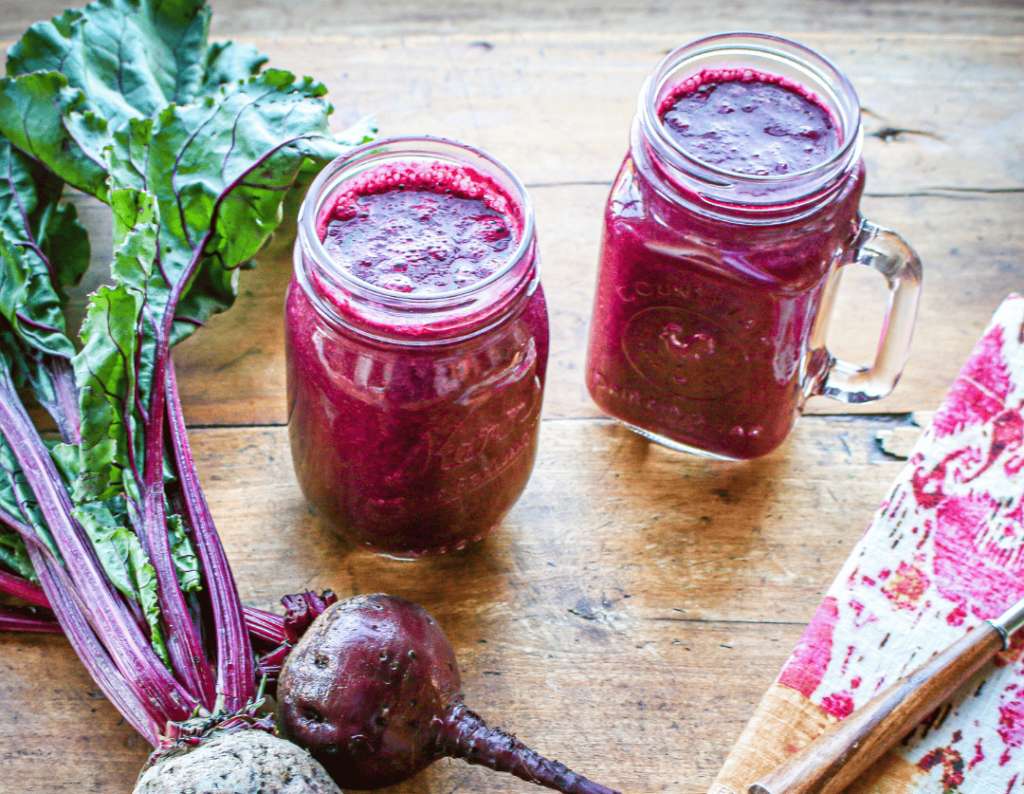You can cut your carbon footprint quite significantly by following a few low carbon diet tips: eat more plants, make smart calorie choices, and cut food waste.
Over the past few decades, it’s become increasingly clear that what we choose to put on our plates every day is one of the most significant opportunities we can have as individuals over our lifetimes to reduce our environmental impact. Our diets make big impacts on deforestation, pollution, water use, and greenhouse gas emissions (or carbon), which impacts climate change. According to the IPPC, we must stay within 1.5 °C above pre-industrial levels in order to avoid Temdisastrous and irreversible impacts on climate change on our big beautiful planet. If we keep a “business as usual” model, we will exceed this climate budget by 2100 just from food alone! That’s not factoring in other big contributors, such as energy and transportation.

In a recent study, researchers asked the question, what changes in our diet make the biggest global impact on reducing carbon footprint? They identified these three areas:
- A plant-rich diet could reduce global greenhouse gas emissions by 48%
- Eating a healthy number of calories could reduce them by 30%.
- Cutting food waste in half could reduce them by 27%.
The researchers found that if all of these diet actions, in addition to higher yields from farms, and lower emission farming practices, could reduce our greenhouse gas emissions from food production by 63%, which would keep us in line with the IPCC climate goals. It would be virtually impossible to meet the IPCC climate goals without making vastly different changes in our diet patterns. So what can you do with your fork? Let’s dig in a little more to understand how we can make changes in our daily diet in order to reap big climate rewards.

#1: Eat a Plant-Rich Diet
The biggest impact on climate change in this study came from the simple act of reducing animal proteins (in particular, beef, lamb, and dairy). It is the biggest contribution you can make in your diet to lowering your environmental input–greenhouse gas emissions, as well as land and water use, and pollution. If you’re not ready to go 100% plant-based, it’s ok. You don’t have to go all in. If we even cut our red meat and dairy intake in half, that would go a long way towards meeting our planetary goals. It’s easy! Include more plant-based meals during the week focused on pulses and soyfoods, use small amounts of animal proteins as a “seasoning” for plant-based dishes like stir-fries, casseroles, and stews rather than as the main event, and turn up the volume on plant foods—beans, nuts, grains, veggies—in your favorite comfort meals. Check out my climate-friendly recipes below to get inspired.

#2: Focus on Healthy Calories
Over-consuming foods in the form of excess calories contributes not only to health problems, like heart disease and type 2 diabetes, it increases our carbon footprint. The more food we eat, the more greenhouse gas emissions we produce. It’s essentially a form of food waste. However, not eating enough food because of food insecurity is a big problem for health. About 13% of the US population experiences food waste. Keeping eating in balance with your body’s needs–enough to meet our nutrient needs without overconsumption–is harmonious for people and the planet. Learn more about fighting food insecurity. It’s important to keep in mind that it’s not a matter of getting overly focused on calories. It’s more about choosing nutrient-rich foods in mindful amounts to support a healthy you.

#3: Cut Food Waste
The amount of wasted food at a global level is responsible for three times more greenhouse gas than aviation! In the US, we waste 30-40% of our food. This means we are throwing away perfectly edible, nutritious foods. It mainly happens at the consumer level—in our homes and dining establishments. Watch out for the biggies: Serving more food than you can eat, throwing away leftovers, and letting foods spoil before using them. Learn more about cutting your food waste here.

10 Low Carbon Recipes
Get to cooking the low-carbon way to reduce your carbon footprint. Try these delicious, healthy, and easy low carbon dinner recipes to get inspired:
For more blogs on sustainable, plant-based eating, check out the following:
For more information on cutting food waste, check out these blogs:
More Tools for Eating and Living the Goodness

